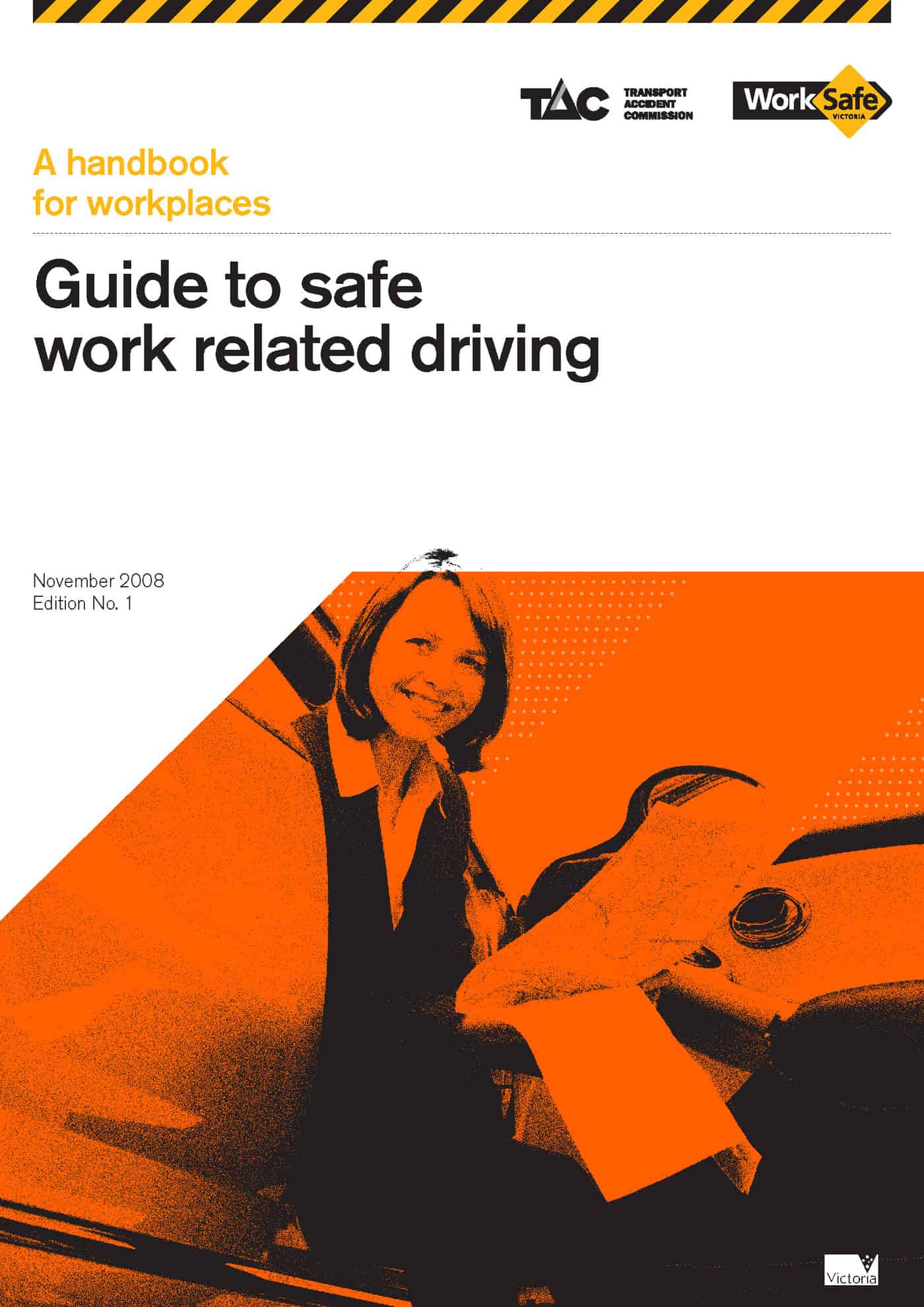Earlier this week Queensland MP Tim Nicholls, of the Liberal-National coalition gave the Queensland Transport Minister, John Mickel, a serve over the $10 million program on level crossing safety by calling the response “window dressing”.
Nicholls seems more interested in political point-scoring than safety but he asks
“What has happened to all their much vaunted safety studies over the last decade. It’s about time this Government came clean and explained whether it would actually commit new funding, what ongoing rail safety programs, if any, it has and whether today’s announcement will mean money is redirected from other maintenance and safety programs.”
He points out that
“Railway level safety was included in the National Road Safety Action Plan in 2003 and the Australian Transport Council has previously described railway level crossing crashes as ‘one of the most serious safety issues faced by the rail system in Australia'”
Today, Shadow Transport Minister Fiona Simpson got the focus back to safety for political procrastination and funding arguments describing the Queensland Government’s staunch defence of its “risk model” for determining upgrades was “dangerous“.
The Transport Minister has responded with political bluster but within John Mickel’s bluster is some points worth noting.
“For example, she [Fiona Simpson] might want to familiarise herself with the research which shows that the overwhelming number of level crossing accidents are caused by road driver behaviour, and how more than half of the accidents happen at crossings where there are boom gates or flashing lights.”
Mickel goes on to say
“Under this [uniform national assessment] process a review of level crossing characteristics such as topography and visibility takes place, which is then combined with the volume of road and rail traffic. The assessed level of risk is then used to prioritise any work that needs to be done.
The approach developed by Queensland forms the basis of what is known as ALCAM – the Australian Level Crossing Assessment Model – which has now been accepted by all state Transport Ministers as the method to be used to evaluate railway level crossings across Australia.”
ALCAM is receiving a great deal of attention through the Victorian Parliamentary investigation into level crossing safety.
The need for uniform assessment processes is worthy but decisions on upgrading government infrastructure always considers the political imperatives, some would just, just as strongly as independent scientific advice.
Over decades workplace safety has developed assessment processes based on a range of techniques from plain observation to QRA, FEMA and many others. Only recently has OHS got to the point of realising that greater and longer-lasting safety can be achieved through designing workplaces safely from the beginning rather than trying to achieve safety through retrofitting. Recently in Australia, there is a growing movement to apply safety case techniques to workplaces that are not high-risk organisations.
Level crossing incidents, as do workplace fatalities, indicate that there was something not right with the initial design or that necessary safety improvements were permitted to lag behind the status and technology of the users of the facilities. The fact remains that there are too many unsafe level crossings in Australia and each fatality is generating a reactionary government response rather than instigating true leadership.


